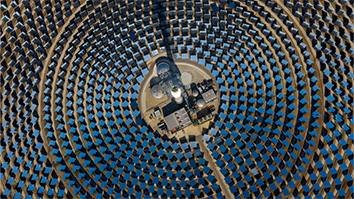Citation
Karp P.D., Weaver D., & Latendresse M. (2018). How accurate is automated gap filling of metabolic models? BMC Systems Biology.12(1):73. DOI: 10.1186/s12918-018-0593-7.
Abstract
Reaction gap filling is a computational technique for proposing the addition of reactions to genome-scale metabolic models to permit those models to run correctly. Gap filling completes what are otherwise incomplete models that lack fully connected metabolic networks. The models are incomplete because they are derived from annotated genomes in which not all enzymes have been identified. Here we compare the results of applying an automated likelihood-based gap filler within the Pathway Tools software with the results of manually gap filling the same metabolic model. Both gap-filling exercises were applied to the same genome-derived qualitative metabolic reconstruction for Bifidobacterium longum subsp. longum JCM 1217, and to the same modeling conditions — anaerobic growth under four nutrients producing 53 biomass metabolites.
The solution computed by the gap-filling program GenDev contained 12 reactions, but closer examination showed that solution was not minimal; two of the twelve reactions can be removed to yield a set of ten reactions that enable model growth. The manually curated solution contained 13 reactions, eight of which were shared with the 12-reaction computed solution. Thus, GenDev achieved recall of 61.5% and precision of 66.6%. These results suggest that although computational gap fillers are populating metabolic models with significant numbers of correct reactions, automatically gap-filled metabolic models also contain significant numbers of incorrect reactions.
Our conclusion is that manual curation of gap-filler results is needed to obtain high-accuracy models. Many of the differences between the manual and automatic solutions resulted from using expert biological knowledge to direct the choice of reactions within the curated solution, such as reactions specific to the anaerobic lifestyle of B. longum.


